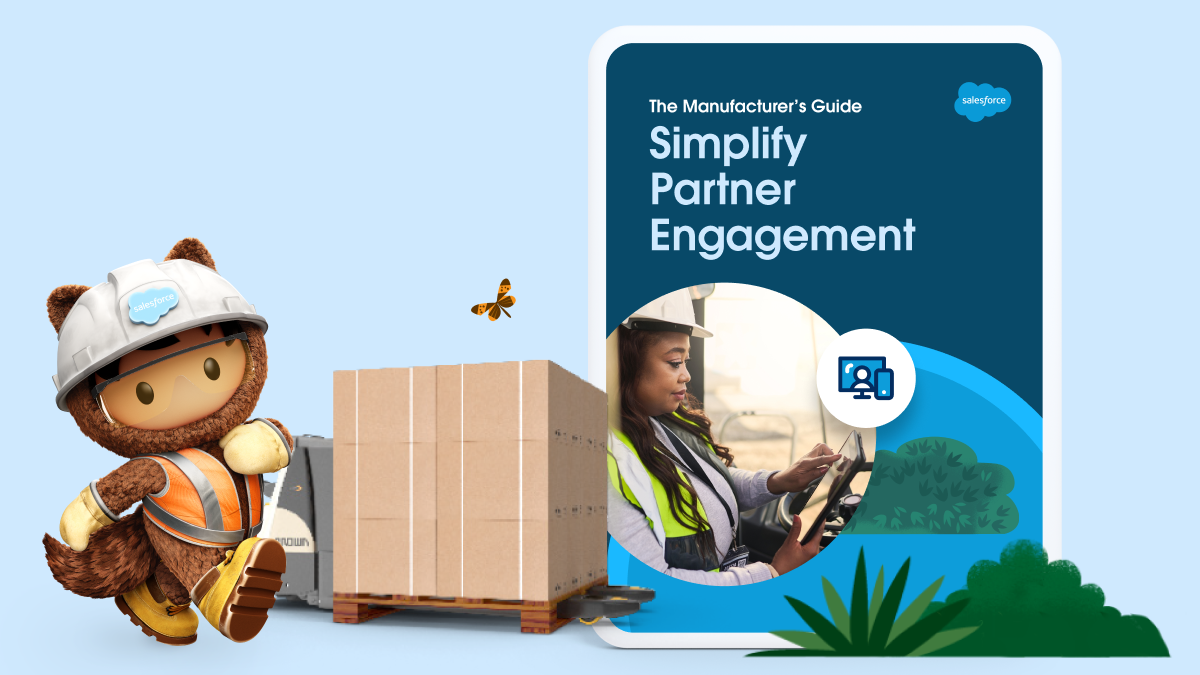Manufacturing
Create something no factory can produce: great relationships.

Guide
The Manufacturer's Guide to Modernizing Commercial Operations
Billions in trade spend goes unevaluated every year. Are you getting your money's worth?

Guide
Learn how manufacturers are changing how they interact with customers.
Deliver faster and smarter service experiences to grow lifelong customers.

Guide
Simplify Partner Engagement: A Guide for Manufacturers
Create an effective channel partner program that increases sales.
Explore all manufacturing resources.
Filter By
-
Article
-
Blog
-
Digital Guide
-
Report
-
Tools
-
Videos
-
Demo
-
Webinars
Showing 0 of 0
0 Applied

